The natural world has long been a source of inspiration for technological innovation, and few creatures have captured the imagination of engineers quite like the chameleon. With its independently rotating eyes, lightning-fast tongue, and remarkable color-changing abilities, this enigmatic reptile has become a muse for scientists seeking to push the boundaries of optical technology. Recent breakthroughs in biomimicry have led to the development of a revolutionary telescopic system that mimics the chameleon's extraordinary visual capabilities – a breakthrough that could transform fields ranging from astronomy to surveillance.
At the heart of this innovation lies the chameleon's most distinctive feature: its independently mobile eyes. Unlike humans and most other vertebrates, chameleons can rotate and focus each eye in completely different directions simultaneously. This gives them a near-360-degree field of vision while maintaining exceptional depth perception when needed. Engineers have spent years studying the complex musculature and neural processing behind this ability, culminating in the creation of the first fully functional "chameleon telescope."
The mechanics behind these artificial eyes are nothing short of revolutionary. Each ocular unit contains multiple lenses that can independently adjust their focal length and orientation, mimicking the chameleon's ability to scan different areas simultaneously. Advanced image processing algorithms then stitch these disparate visual inputs into a coherent picture, much like how a chameleon's brain interprets information from its independently moving eyes. What makes this system truly remarkable is its ability to maintain stereoscopic vision even when the lenses are pointed in different directions – a feat that had previously been considered impossible in optical engineering.
Military and surveillance applications immediately spring to mind when considering such technology. Imagine security cameras that can monitor multiple angles simultaneously without mechanical rotation, or reconnaissance drones that can track several targets at once without compromising image quality. The potential for these chameleon-inspired systems to revolutionize surveillance is enormous, offering unprecedented situational awareness without the blind spots inherent in conventional rotating camera systems.
Astronomy stands to benefit tremendously from this biomimetic breakthrough. Traditional telescopes require physical movement to track celestial objects or scan different areas of space. The chameleon telescope, with its independently adjustable lenses, could observe multiple cosmic phenomena simultaneously while maintaining high-resolution imaging. This capability would be particularly valuable for time-sensitive observations like supernovae or gamma-ray bursts, where the ability to monitor several areas at once could mean the difference between capturing crucial data and missing the event entirely.
The medical field has also shown keen interest in adapting this technology. Endoscopic procedures could be transformed by scopes capable of viewing in multiple directions without physical manipulation, reducing patient risk and improving diagnostic accuracy. Similarly, robotic surgery systems equipped with chameleon-inspired vision could give surgeons an unprecedented field of view during complex procedures.
Beyond practical applications, the development of chameleon telescopes has provided fascinating insights into the reptile's own visual system. By attempting to replicate its capabilities, scientists have gained new appreciation for the sophistication of the chameleon's evolutionary adaptations. The neural processing required to make sense of two independently moving visual streams is extraordinarily complex, yet these reptiles perform it effortlessly. This has led to parallel advancements in artificial intelligence as researchers develop new algorithms to mimic the chameleon's brain functions.
Current prototypes still face challenges in matching the chameleon's seamless integration of vision and movement. The reptiles can coordinate their eye movements with remarkable precision when targeting prey, instantly switching from panoramic viewing to binocular focus. Engineers are working to incorporate similar predictive targeting systems into the telescopic technology, which would be particularly valuable for applications like autonomous vehicles or fast-moving drones.
Perhaps most intriguing is the potential for these systems to evolve beyond their biological inspiration. While based on chameleon physiology, the artificial versions aren't limited by biological constraints. Researchers are experimenting with configurations that would be impossible in nature, such as systems with more than two independent optical units or lenses capable of seeing in multiple spectra simultaneously. This raises fascinating possibilities for creating visual systems that surpass anything found in the natural world.
As with any transformative technology, ethical considerations must be addressed. The surveillance capabilities of chameleon telescopes could significantly impact privacy concerns if deployed without proper regulation. Similarly, military applications raise questions about the appropriate use of such advanced monitoring systems. The scientific community is already engaged in discussions about establishing guidelines for the responsible development and deployment of this technology.
The journey from biological curiosity to technological marvel exemplifies the power of biomimicry. What began as observations of a peculiar reptile's hunting behavior has blossomed into a multidisciplinary effort involving optical engineers, computer scientists, biologists, and robotics experts. The chameleon telescope stands as a testament to how much we still have to learn from nature's designs – and how those lessons can lead to innovations that reshape our technological capabilities.
Looking ahead, researchers anticipate that within the next decade, chameleon-inspired optical systems will become sufficiently miniaturized and cost-effective for widespread commercial applications. From consumer electronics to advanced scientific instruments, the principles derived from this remarkable lizard's vision system may soon become ubiquitous in our technological landscape. As we continue to unravel the secrets of the chameleon's extraordinary eyes, one thing becomes increasingly clear: in the quest for optical innovation, nature remains our most brilliant teacher.
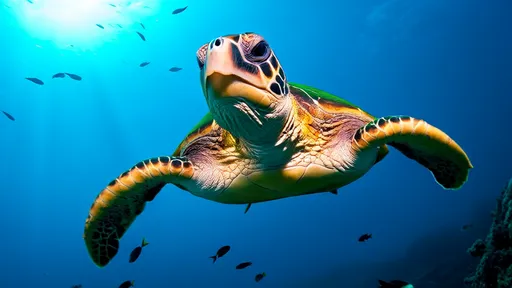
By /Jun 10, 2025
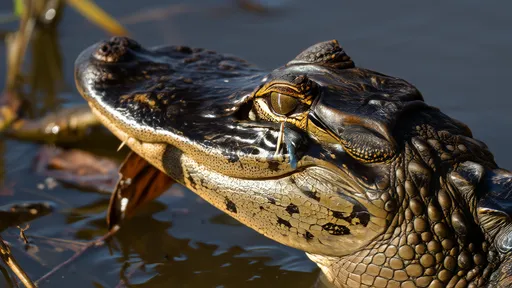
By /Jun 10, 2025
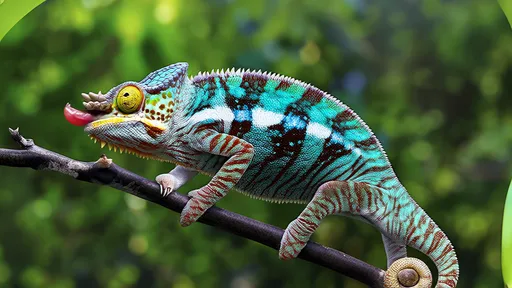
By /Jun 10, 2025
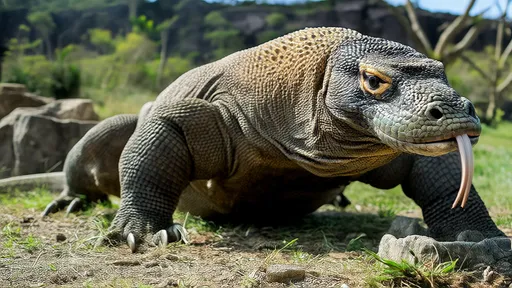
By /Jun 10, 2025
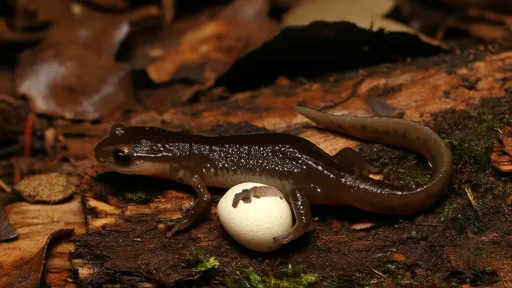
By /Jun 10, 2025
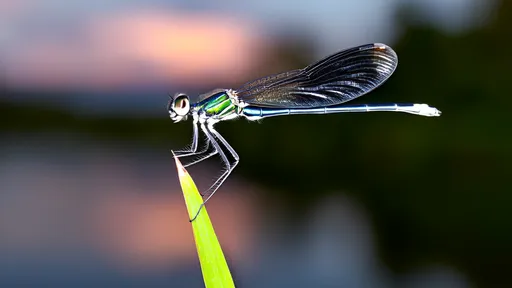
By /Jun 10, 2025
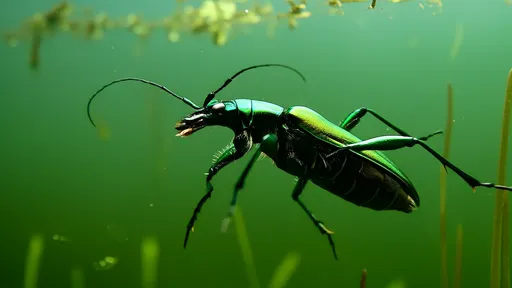
By /Jun 10, 2025
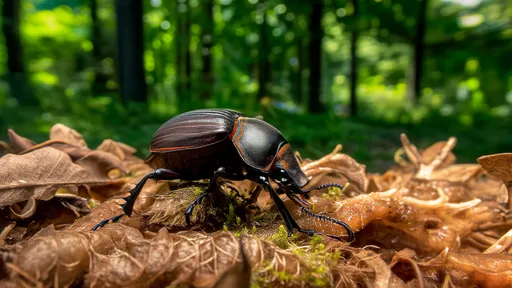
By /Jun 10, 2025
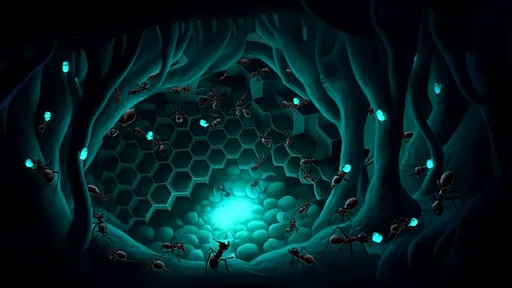
By /Jun 10, 2025
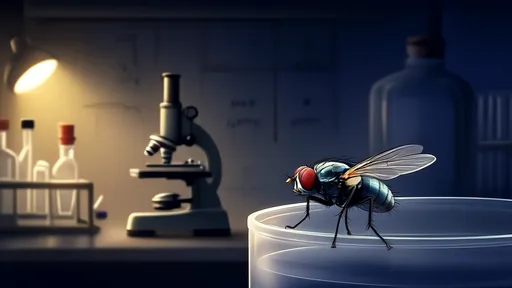
By /Jun 10, 2025
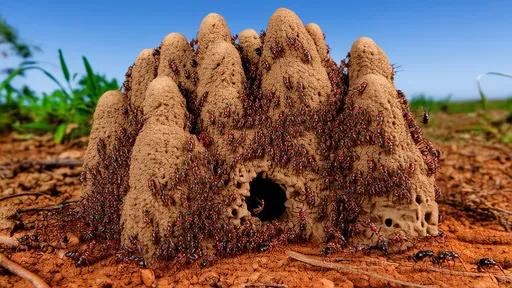
By /Jun 10, 2025
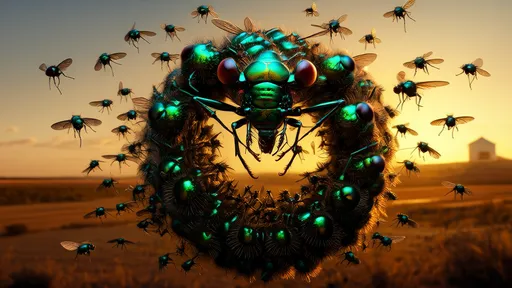
By /Jun 10, 2025
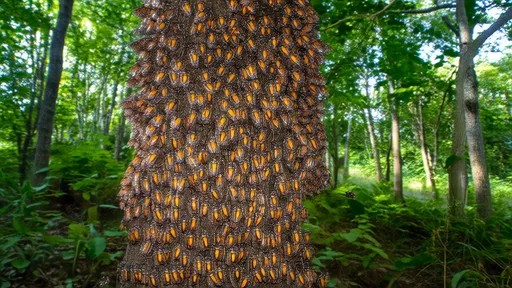
By /Jun 10, 2025
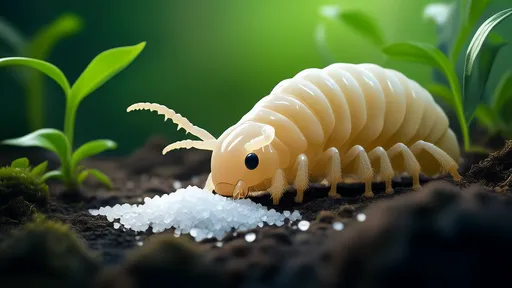
By /Jun 10, 2025
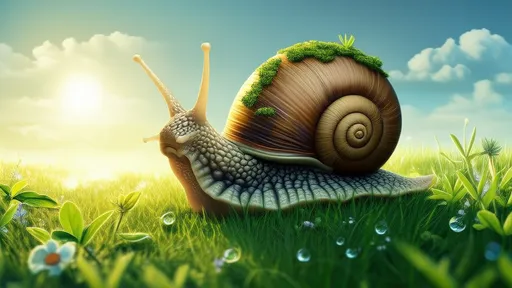
By /Jun 10, 2025
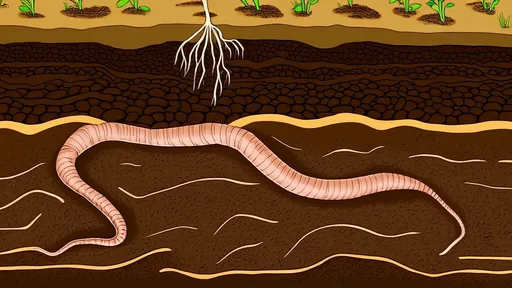
By /Jun 10, 2025
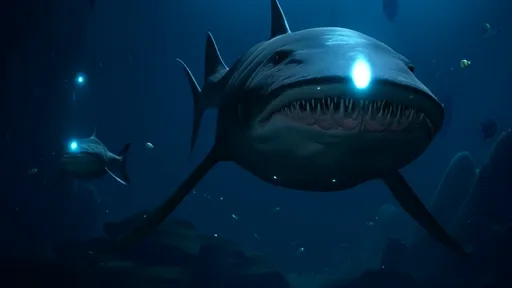
By /Jun 10, 2025